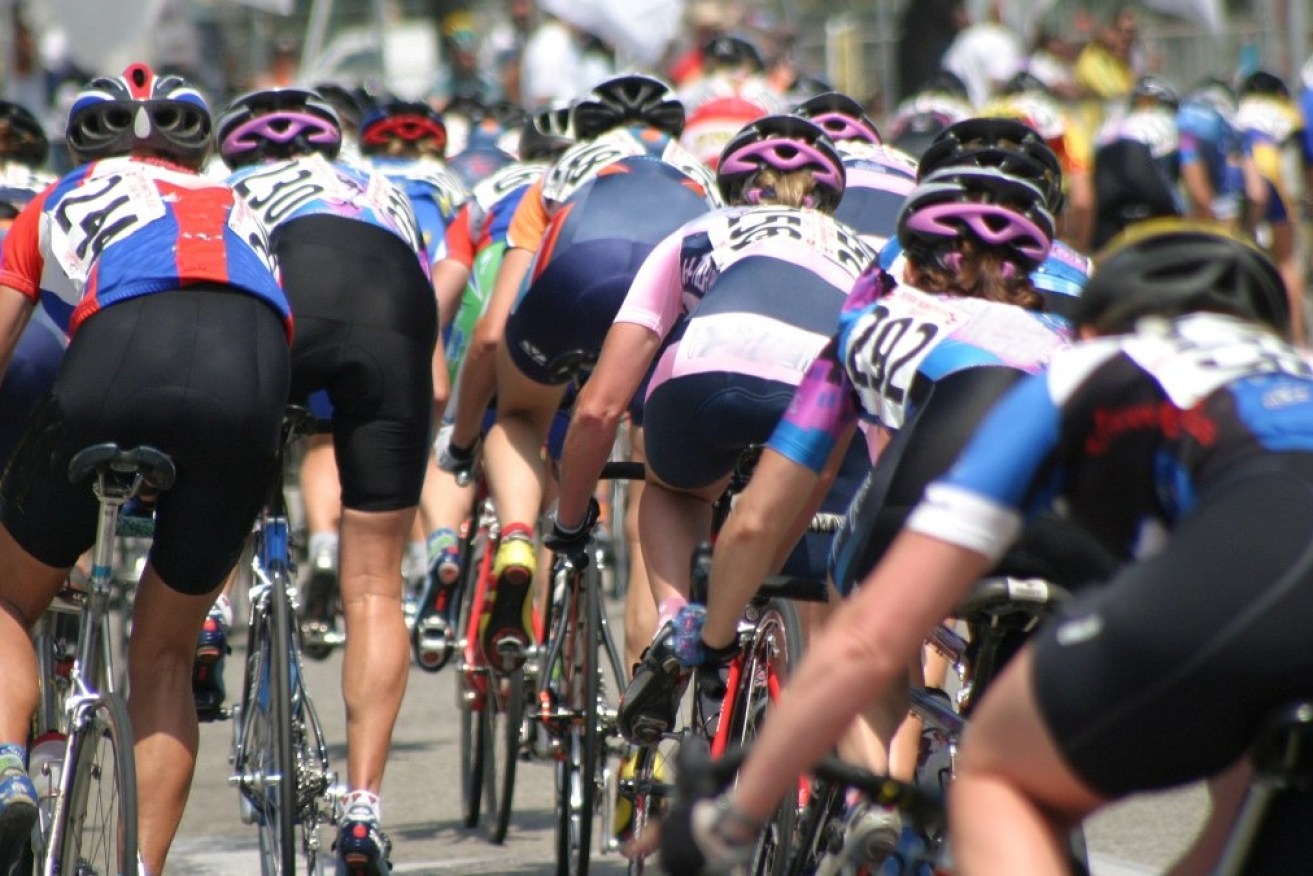A surprising number of elite athletes have heart disease genes


Some elite athletes have a genetic profile that would potentially lead to “big, floppy hearts” in non-athletes. Photo: Getty
Genetic analysis of 281 elite endurance athletes from Australia and Belgium has shown one in six possess heart characteristics most often associated with heart disease.
It’s a surprise finding from a study conducted by researchers from the Sydney-based Victor Chang Cardiac Research Institute, St Vincent’s Institute of Medical Research in Melbourne and several Belgian institutions.
Their work, published this week in the journal Circulation, sheds light on an unusual phenomenon where some exceptional endurance athletes have lowered heart pumping function when resting.
Were they not elite endurance sportspeople, their ejection fraction (EF) – the amount of blood pumped by the heart with each beat – would be used as a marker for having heart disease.
Their ‘EF’ returns to an expected level of high performance once active, however. This state – known as a ‘super normal’ level of exercise function – sees pumping action increase substantially when required to meet the intense levels demanded by competition.
Among the group tested are top-flight sports people competing at national and international levels, including several Grand Tour cyclists, triathletes, runners and cross-country skiers.
And yet for one in six of these, their genetic profile would potentially lead to what cardiologist Andre la Gerche simplifies as “big, floppy hearts” in non-athletes.
“In general, large hearts with low function are associated with heart rhythm problems, including cardiac arrest,” says la Gerche, who is a joint senior author on the study.
“If someone’s heart function appears to be low, and ejection fraction under 50 per cent, we would regard that as being heart disease, and here, we’re saying that one in six of athletes have measures that would be considered heart disease, but in fact, when we thoroughly work them up, they seem to be okay.”
Those with reduced resting heart function were more likely to have a higher ‘load’ of genes associated with developing dilated cardiomyopathy, a disease that can stretch and enlarge the heart’s ventricles, reducing blood pumping action and causing a range of symptoms including palpitations and reducing general activity levels. Those with the highest load of these genes were 11 times more likely to have reduced heart measurements than those without.
“If we look at that in the general population, the people who have an enrichment – or a high number – of these variants, the number is quite small. Whereas if we look at an elite athletic population, then we find them more commonly,” says la Gerche.
“If we look at patients with hearts that don’t ‘squeeze’ properly – cardiomyopathy sets [of people] – that’s the other situation where we find these genes more commonly. These athletes do have a different genetic picture to the general population and that genetic picture, in other situations […] has been associated with heart problems.
“It is quite a sort of unexpected finding that the genes that make an athlete great, are the same sort of genes that can cause heart problems in others.”
La Gerche’s findings come amid an increased focus on high-profile athletes withdrawing from competition due to on-field cardiac incidents. On the weekend, Luton Town captain Tom Lockyer suffered a cardiac arrest on the field in an English Premier League match against Bournemouth. In April, Damar Hamlin experienced a similar event in his match for the Buffalo Bills in the NFL.
And in 2021, Danish footballer Christian Eriksen collapsed during a Euro 2020 game against Finland. Taking place amid the COVID-19 pandemic, Eriksen’s incident led to erroneous suggestions it was due to the vaccines produced to address the disease.
However, la Gerche says elite athletes experiencing cardiac episodes isn’t a new trend. While the research only looked at elite endurance athletes (not ball sport players), he hopes it gives clarity to a segment of athletes who can perform at elite standards despite genetic profiles that would otherwise lend themselves to heart issues.
“Our study started well before COVID and has traversed the whole COVID period,” la Gerche says.
“Because it’s longitudinal follow up, – we follow people all the way through – we can probably say, with a reasonable degree of confidence that COVID really didn’t have much impact on cardiac size, function, arrythmias.
“This is something that’s been around before, during and after COVID.
“The fact is that cardiac arrest is the No.1 cause of people dying under the age of 50, both men and women, and there’s some data to suggest that that’s more common in athletes than the general population. That’s exactly what this study’s about.”
This article first appeared in Cosmos, read the original here.








